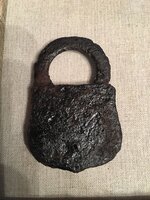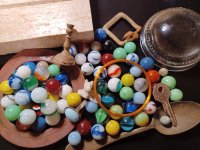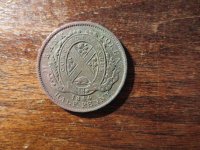gentleone444
Sr. Member
- Apr 28, 2017
- 336
- 353
- Primary Interest:
- All Treasure Hunting
Im sure there is a thread on here about electrolysis to remove corrosion from iron...can anyone link me?
Sent from my LG-H872 using Tapatalk
Sent from my LG-H872 using Tapatalk
Upvote
0






